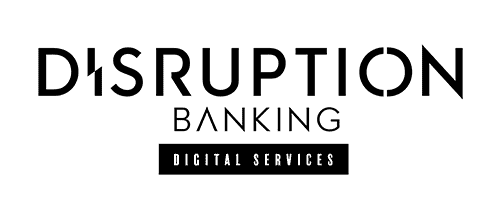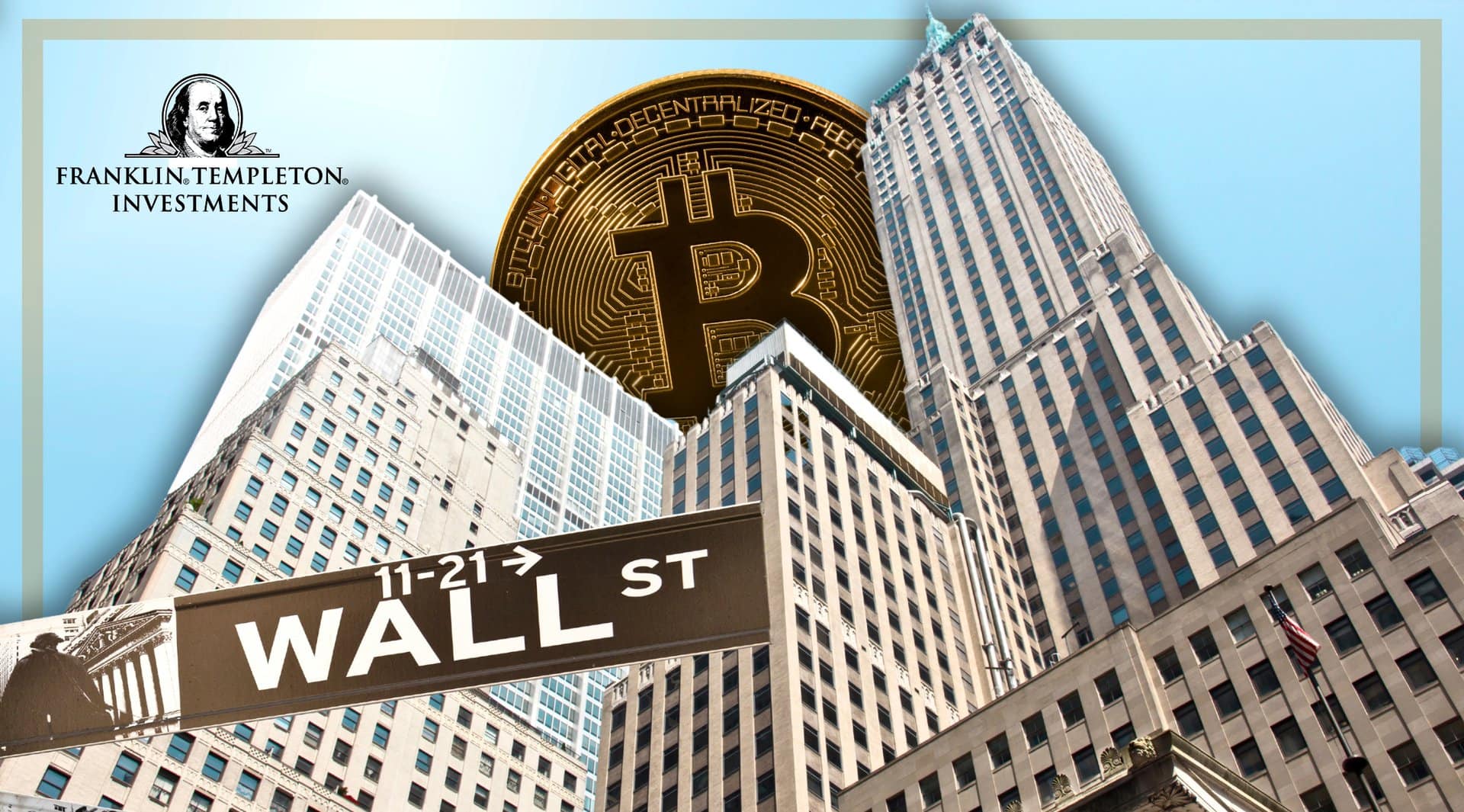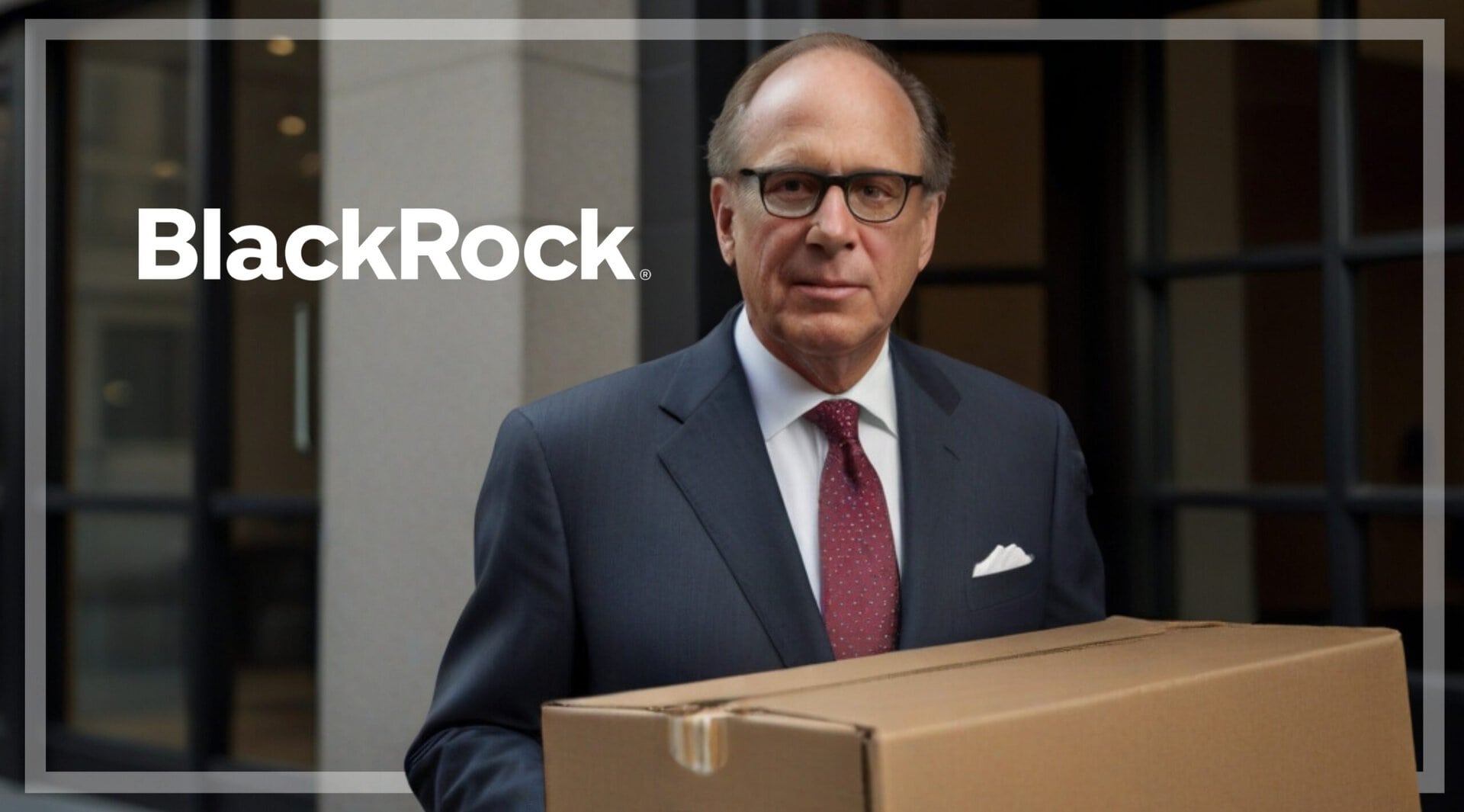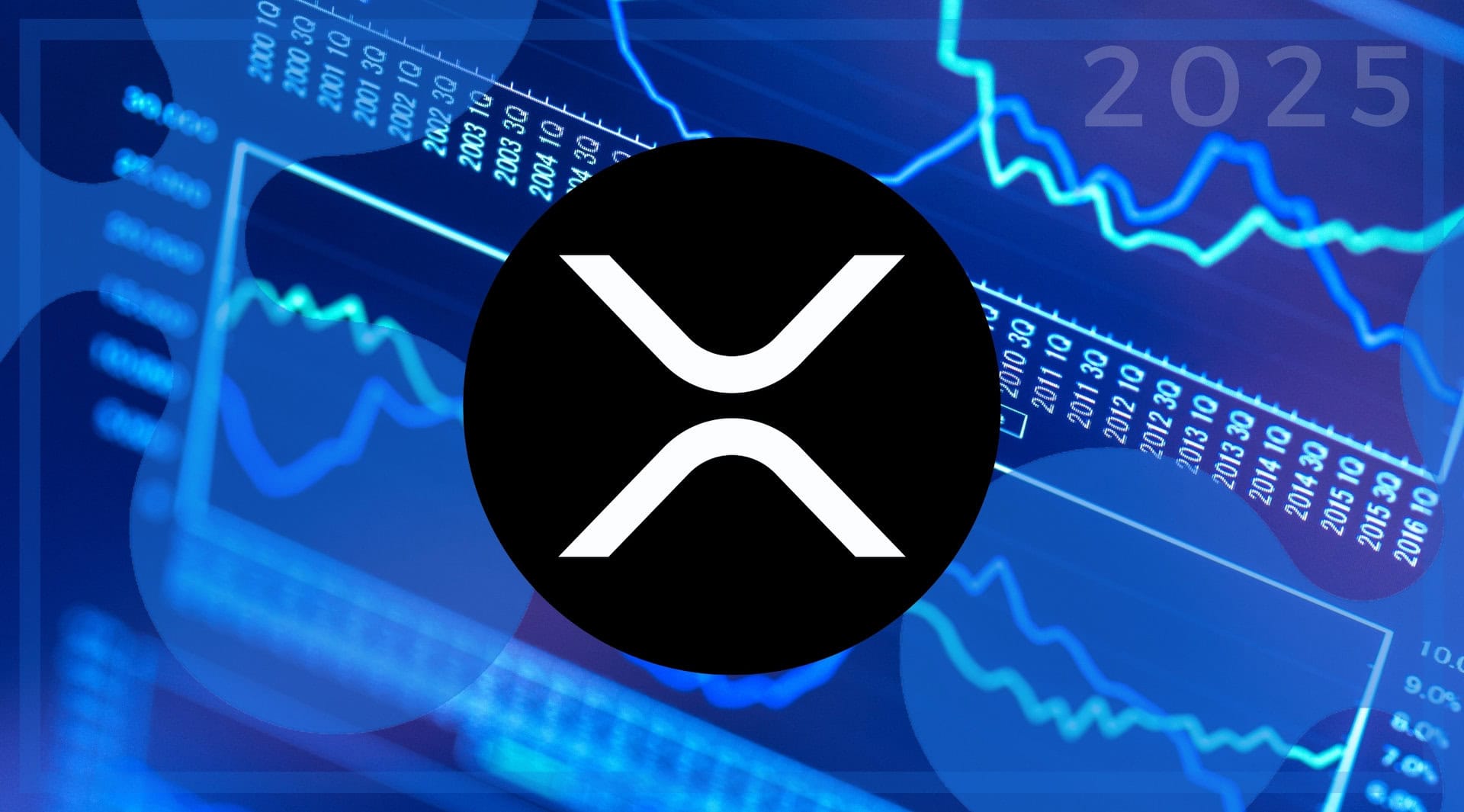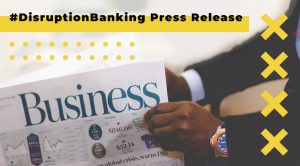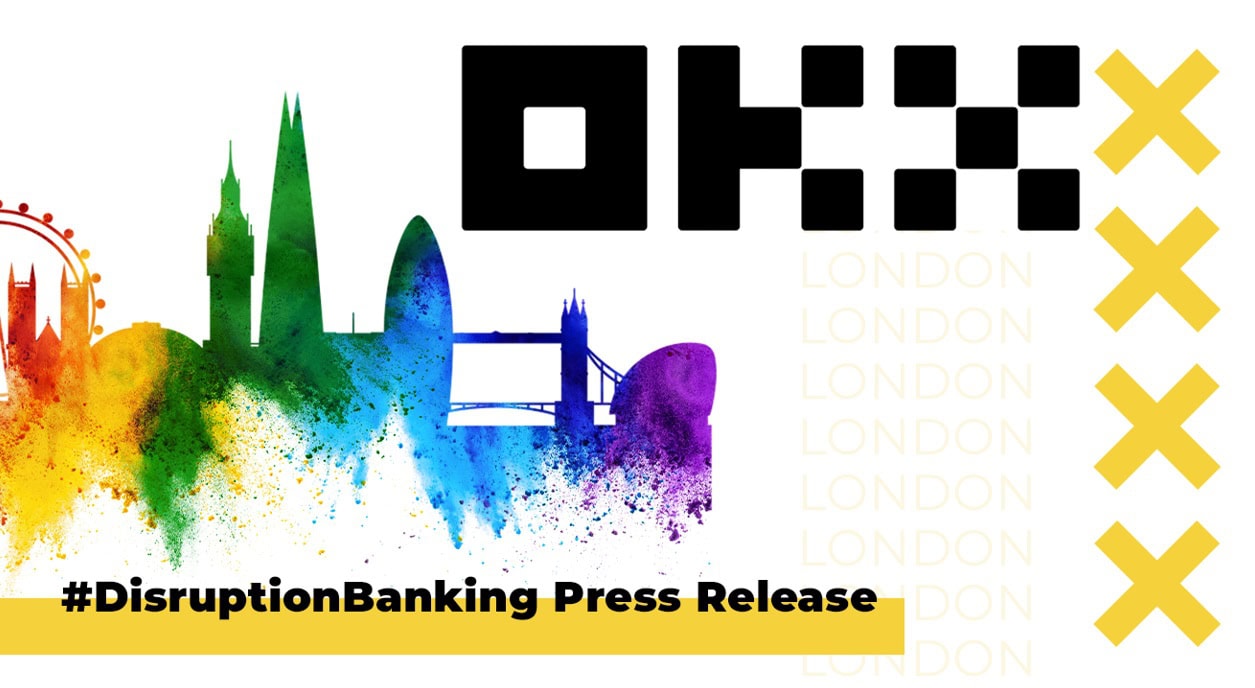“We’re not anarchists, we’re not trying to blow up the banking system or anything remotely close to that.”
This is how Mike Reed, head of Digital Assets Strategic Partnerships at Franklin Templeton, described the on-chain money market funds at the inaugural TokenizeThis conference.
“We’re also not trying to blow up the stablecoin marketplace because we understand what a valuable tool that is in this ecosystem.”
That’s encouraging. In April of 2021, Franklin Templeton, the behemoth asset manager, initiated a tokenized counterpart to its $5 billion U.S. treasury money market fund (FMFXX). The first of its kind, the Franklin OnChain US Government Money Fund (FOBXX), was launched on the Stellar network.
Market headwinds made it slow going at first. By the beginning of 2023, the fund still held less than $100 million in assets. Franklin’s OnChain US Government Money Fund (FOBXX) grew to $309.97 million in assets as of the end of September.
Now, as of January 31st, 2024, the fund has $511.78 million in assets and is traded on six different blockchains.
Real-World Assets Go Digital
Like its predecessor, the fund holds US government securities, cash, and repurchase agreements and doesn’t invest in any cryptocurrencies.
While hardly garnering the hype of new tokens or platforms that promise to transform crypto, FOBXX has been a harbinger of things to come for the tokenization of Real World Assets (RWA). And it’s not the only game in town, or the biggest, so far as tokenized mutual funds.
In March of 2024, Blackrock launched the tokenized mutual fund BUIDL on Ethereum. As of February 9th, BUIDL assets are valued at $637 million. Both FOBXX and BUIDL, in their short existences, have quickly expanded their product to several other blockchains.
As recently reported in Disruption Banking, in October 2024 Franklin Templeton added APTOS blockchain to support FOBXX. Also in October 2024, Franklin Templeton announced regulatory approval to launch a tokenized UCITS fund (The Undertakings for the Collective Investment in Transferable Securities), essentially the European version of a U.S. mutual fund, currently valued at €13 trillion.
Securitization on Steroids
In a recent interview, Jenny Johnson, CEO of Franklin Templeton, noted that securitization is undergoing a dramatic transformation and compared tokenization to “securitization done on steroids.”
Franklin Templeton has been a pioneer in the tokenization space. Reed said that the idea for one of the first blockchain-based money market funds started as a thought exercise.
“Expanding into the Arbitrum ecosystem is an important step on our journey to empower our asset management capabilities with blockchain technology,” said Roger Bayston, head of digital assets at Franklin Templeton, in a statement.
Franklin Templeton says the expansion will help the integration of decentralized finance into the traditional financial system and help Franklin reach a new audience for FOBXX.
Franklin Templeton’s New Partnerships
Franklin Templeton reports that it has steadily gained new partnerships since the inception of FOBXX.
Net assets for Franklin Templeton’s U.S. Government Fund (FMFXX) stand at $9.96 Billion, as of January 31, 2025. Whereas, net assets for Franklin Templeton’s OnChain U.S. Government Fund (FOBXX) stand at $559 million, as of December 31, 2024.
As of February 5, the Investment Company Institute reports that money market funds held a total of $6.92 trillion in assets. In comparison, the $2 billion invested in tokenized funds is just a small fraction of that.
The fund has been seeing a lot of traction this year in tandem with the popularity of the tokenization trend. At the beginning of 2023, the fund had less than $100 million in assets, surging to $276 million at the end of April.
Franklin Templeton reported that its money-market fund recorded inflows from crypto-related entities in the aftermath of the collapse of several industry-friendly banks last March, a topic we explored in a post on February 10, 2025.
While FMFXX began in May of 1976, FOBXX went live in 2021. All that needed to be done was to use blockchain as a gimmick.
Digital Cash Money
Given the continued rise of neobanks and fintechs, there is more and more demand for digital money. Obviously there has been a big push within the crypto space for years.
Now, it seems to be catching on with certain governments. The Bank of England is developing its own central bank digital currency (CBDC). Citing commercial banks’ inability to keep up with services offered by less regulated fintech firms, market reality has pushed for the tokenization of the pound.
While skeptical of stablecoins and digital money, BoE Governor Andrew Bailey has acknowledged that traditional banks might be dragging their feet because the old system is too profitable to give up.
Bailey said, “To be particularly frank about this, if the rents that are being earned from the ‘rails’ (payment systems) act to inhibit innovation and act to inhibit competition, that is why … we need a retail CBDC on the table.”
Meanwhile, stablecoins are collectively valued at over $200 billion. Given that most are pegged to the U.S. dollar, this potentially could put pressure on the UK and others to digitize their currency.
The Big Picture
The tokenized market capitalization of RWAs, not counting stablecoins, sat at just north of $15 billion in September 2024. Where that number is headed in the next five to ten years is…well…debatable. Predictions range wildly from $2 trillion in 2030 to $16 trillion.
Analysis by McKinsey & Company, which settled on the $2 trillion number, explains that regulatory clarity in Europe and the U.S. will open the floodgates to wider adoption. The article then cites Larry Fink, the chairman and CEO of BlackRock, who believes everything will be tokenized in the future.
In Fink’s words: “We believe the next step going forward will be the tokenization of financial assets, and that means every stock, every bond … will be on one general ledger.”
Tokenization was also a frequent topic at the World Economic Forum last January. Within these talks and analyses by McKinsey and other consulting firms is the constant acknowledgment of the sheet size of global assets that could be tokenized.
SIFMA, the preeminent trade association for investment banks and asset managers, estimates worldwide there are $255 trillion marketable securities in demand for use as collateral. However, only a fraction of that is actually available.
Author: Laird Dilorenzo
#Crypto #Blockchain #DigitalAssets #DeFi
Laird Dilorenzo is a hatchet thrower and wordsmith.
The editorial team at #DisruptionBanking has taken all precautions to ensure that no persons or organizations have been adversely affected or offered any sort of financial advice in this article. This article is most definitely not financial advice.
See Also:
How Strong Will Aptos Be in 2025? | Disruption Banking
Why are abrdn’s money market fund investments being tokenized using Hedera? | Disruption Banking
How the Canton Network is Disrupting Capital Markets at Point Zero Forum | Disruption Banking
